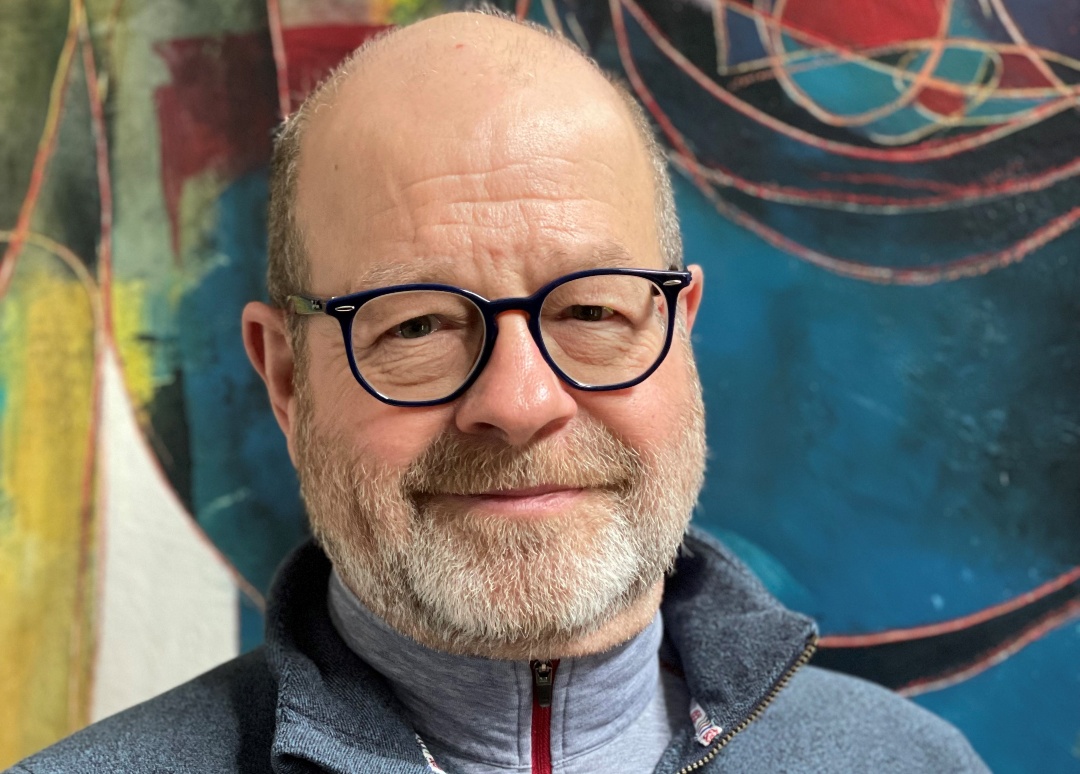
USask technology leads to a groundbreaking human trial that solves 187-year-old surgical mystery
SASKATOON – Rope-like bands of internal scar tissue that form in close to 70-90 percent of all patients who undergo abdominal surgery have bedeviled patients and surgeons alike for more than 187 years.
Known as adhesions, these permanent tissues can cause excruciating pain in about one-third of patients. They restrict the free movement of organs, like the bowel, by binding them together and attaching them to abdominal or uterine walls and other surfaces. Currently, there is no effective drug treatment except additional surgery to remove the adhesions, which can be self-defeating. Adhesions reform 90 per cent of the time, requiring more interventions, surgeries, and potential time under the knife.
Now, by advancing technology that originated at the University of Saskatchewan (USask), a group of researchers has developed and clinically tested a unique pharmaceutical solution to this seemingly intractable problem.
In a paper published April 7, 2023, in the European Journal of Obstetrics & Gynecology and Reproductive Biology, a group of researchers that includes three USask scientists reports in a double-blind randomized controlled human trial of a proprietary pharmaceutical grade novel formulation of a peptide, referred to as TTX333, which shows a 93 per cent success rate in preventing adhesions in post-myomectomy (removal of uterine fibroid) patients. The publication is a landmark study in a long battle to find an effective solution for adhesion prevention.
No stone was unturned in developing a viable, comprehensive, and thorough research method. The findings have the potential to dramatically change post-surgery adhesions, particularly in women. Dr. Roger Pierson (PhD), distinguished professor of obstetrics and gynecology at USask’s College of Medicine, and corresponding author of the paper, notes that women have a higher likelihood of developing adhesion in surgeries like cesarian sections and myomectomies.
“We chose myomectomy because it was predictable, and it’s an extremely messy surgery typically,” said Pierson.
“If you’re going to study adhesions, that’s the one to follow because it has a very high incidence of adhesion formation post-surgery. If we can prevent adhesions in that terribly messy surgery, we should be able to do it in ectopic removals, endometriosis mitigation, and all other types of general gynecological surgeries,” said Pierson.
The human trial was conducted in Kharkiv, Ukraine, in collaboration with Temple Therapeutics, a Dutch company that acquired the nascent technology from USask in 2015, developed it further, and funded the clinical trial. The abstract was first accepted and presented at the American Association of Gynecologic Laparoscopists in 2018.
Kharkiv was chosen for the human trial because it has a private surgical centre where some of the top surgeons specialize in myomectomies, and ready access to patients, said Pierson.
The trial involved 48 women, 38 of whom had laparoscopic surgery (minimally invasive) and 10 who underwent laparotomies (surgery requiring an abdominal incision) for myomectomies. The participants were randomly assigned to two roughly equal groups (one woman didn’t pass the screening due to an unrelated health issue), with 23 receiving a single dose of AG post-surgery and receiving saline placebo. In the AG treatment group, 93.3 per cent had no post operative adhesions compared to 58.8 per cent in the control group.
“We are pretty excited about pioneering this new therapy through Phase 3 clinical trial, which usually is the final pivotal study in Europe, before approval,” said Sanj Singh, CEO of Temple.
The goal is to advance the use of the therapy for commercial use in all gynecological surgeries, and eventually, to all general surgeries, he said.
“There isn’t a single disease classification that doesn’t have a surgical intervention. So, this problem has been plaguing physicians and patients since 1836, when adhesions were first recorded in medical literature, although there is evidence dating back to ancient Egyptian times,” said Singh. “It has been around as long as surgery and to finally have a breakthrough is welcome news to both patients and surgeons.”
Adhesion research has looked at a myriad of techniques to address this issue. The research team acknowledges and is benefiting from the work of thousands of researchers dating as far back as the 1930s. With advances in biological tools and the use of laparoscopic procedures, researchers gained important cellular and molecular insights into adhesion formation. The process starts not necessarily from the actual surgical cutting, but with the damage caused to the peritoneum—the barrier that protects covers the abdominal organs, particularly the bowel. As the peritoneum is damaged, it creates an inflammatory process that kicks up the factors that promote scar tissue formation.
“In simple terms, the function of the therapeutic we administer during surgery, just prior to final closure, is to calm and feed the cells. The cells recognize it, take what they need from it, and fire up its internal engine, redirecting the body’s natural mechanisms toward normal tissue resolution as opposed to scar tissue,” said Singh.
“In September 2019 and March 2023, our researchers published in peer-reviewed journals how the mechanism of the drug works. Today, translation from cells to humans is an important milestone in medical literature for adhesion prevention and for the millions of patients who are impacted and suffer every day. To our knowledge, this would be the first therapy proven to prevent, not just reduce, adhesions in humans in a double-blind randomized controlled study, pass the peer-review process and be published. The team is led by some of the top surgeons in Europe, Canada, and the USA.”
The research team members are Pierson, Dr. Donna Chizen (MD),and Dr. Hyun Lim (PhD), USask; Dominique Rislund (URegina); Dr. Lynne Robertson (PhD), Temple Therapeutics, Netherlands; Dr. Togas Tulandi (MD), McGill; Dr. Antonio Gargiulo (MD), Harvard Medical School; Dr. Rudy Leon de Wilde (MD), Carl von Ossietzky University Oldenburg, Germany; Dr. Aleksey Velygodskiy (MD), Kharkiv City Clinical Multi-field Hospital.
-30-
For media inquiries, contact:
Brooke Kleiboer
USask Media Relations
306-966-1388
brooke.kleiboer@usask.ca

